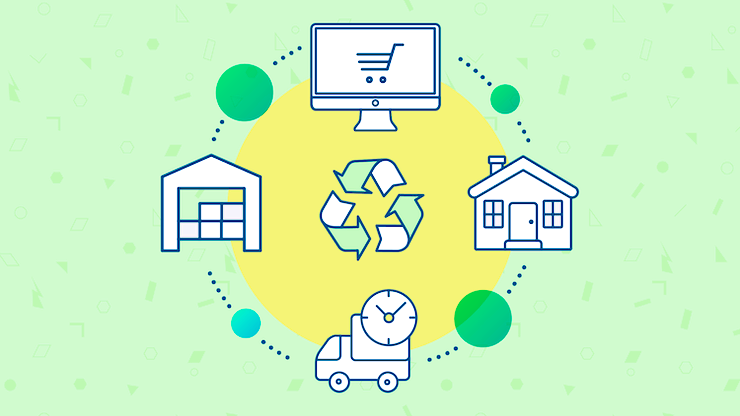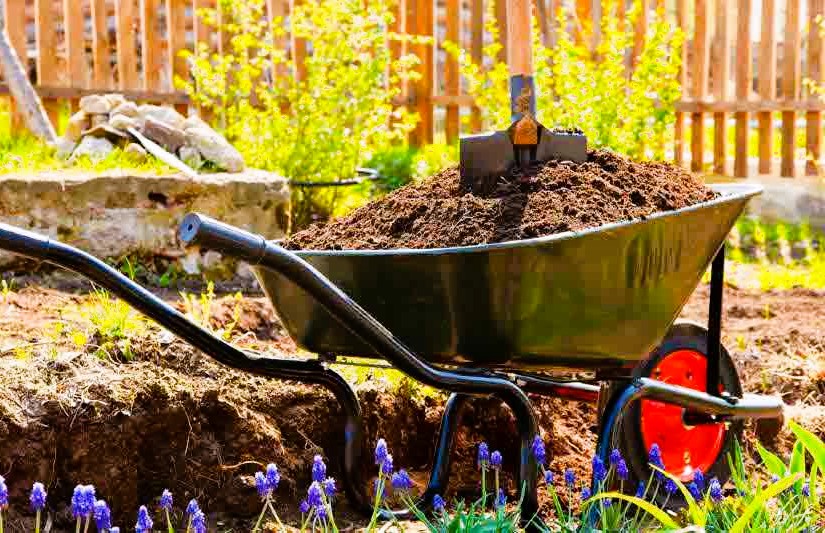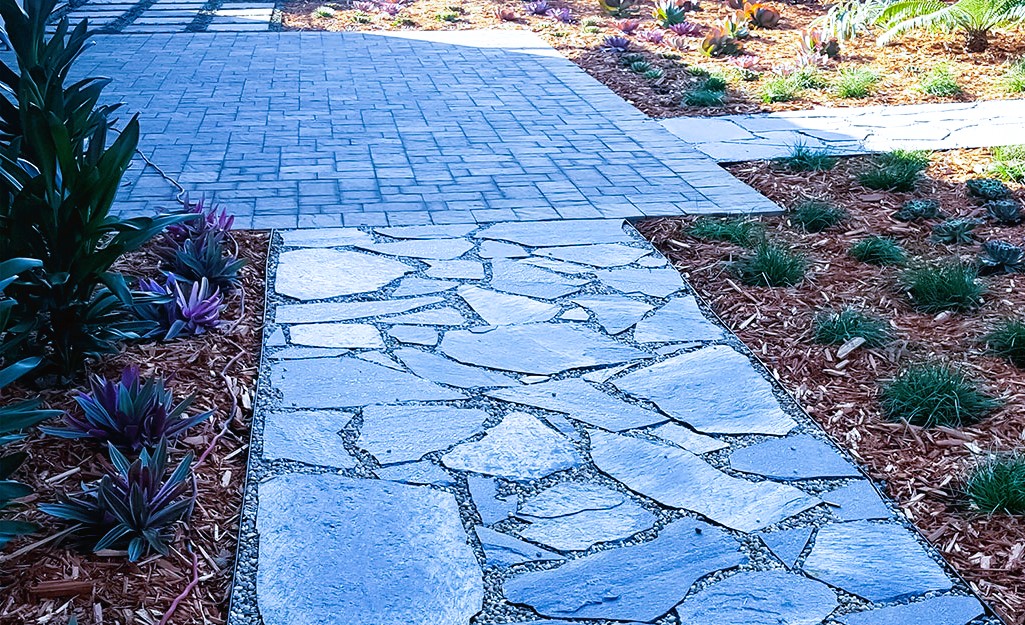
Yard repairs and maintenance are essential for keeping your outdoor space beautiful and functional. However, as environmental concerns continue to grow, it’s crucial to consider the impact of your yard repair choices on the planet. Eco-friendly materials offer a sustainable and responsible way to address yard repairs while minimizing harm to the environment. In this article, we’ll explore why eco-friendly materials matter in yard repairs and how they can benefit both your property and the planet.
1. Environmental Impact of Traditional Materials
Traditional yard repair materials, such as treated wood, concrete, and asphalt, often have a significant environmental impact:
- Resource Depletion: These materials require the extraction of finite natural resources, such as timber and minerals, leading to habitat destruction and resource depletion.
- Greenhouse Gas Emissions: The production and transportation of traditional materials result in greenhouse gas emissions, contributing to climate change.
- Chemical Pollution: Treated wood, for example, contains toxic chemicals that can leach into the soil, harming plants, animals, and water sources.
2. Benefits of Eco-Friendly Materials
Eco-friendly materials, on the other hand, offer several advantages:
- Sustainable Sourcing: Many eco-friendly materials are sourced from renewable resources, reducing the strain on ecosystems.
- Lower Carbon Footprint: Eco-friendly materials often have a smaller carbon footprint, as they require less energy to produce and transport.
- Reduced Chemical Exposure: These materials are typically free of harmful chemicals, promoting soil and water quality.
- Longevity: Some eco-friendly materials, like natural stone and recycled plastic, are exceptionally durable, reducing the need for frequent replacements.
3. Types of Eco-Friendly Yard Repair Materials
There are numerous eco-friendly materials to consider for yard repairs:
- Recycled Plastic: Recycled plastic lumber can replace traditional wood for decking, fencing, and other applications. It’s durable, low-maintenance, and diverts plastic waste from landfills.
- Bamboo: Bamboo is a rapidly renewable resource that can be used for decking, fencing, and outdoor furniture. It’s strong, sustainable, and aesthetically pleasing.
- Natural Stone: Natural stone, like granite or slate, is a durable and attractive option for pathways, patios, and retaining walls. It requires minimal processing and has a long lifespan.
- Permeable Pavers: Permeable pavers allow rainwater to penetrate the ground, reducing runoff and replenishing groundwater. They are suitable for driveways and walkways.
- Reclaimed Wood: Reclaimed wood from old structures or salvaged lumber is an eco-friendly choice for decking, siding, and other outdoor applications. It gives new life to existing materials.
- Gravel: Gravel is a low-impact option for pathways and driveways. It provides excellent drainage and is readily available. Mastering Plant Care: Tips for Watering and Fertilizing.
- Composite Decking: Composite decking is made from a combination of wood fibers and recycled plastic. It offers the appearance of wood without the maintenance requirements.
- Recycled Rubber: Recycled rubber tiles or mulch can be used for playgrounds and outdoor surfaces. They are shock-absorbent and made from recycled tires.
4. Considerations for Using Eco-Friendly Materials

When incorporating eco-friendly materials into your yard repairs, consider the following:
- Local Sourcing: Whenever possible, choose materials that are locally sourced to reduce transportation emissions.
- Durability: Assess the durability and lifespan of eco-friendly materials to ensure they meet your long-term needs.
- Maintenance: Understand the maintenance requirements of eco-friendly materials, as they may vary from traditional options.
- Certifications: Look for certifications like Forest Stewardship Council (FSC) or Cradle to Cradle (C2C) to verify the sustainability of the materials.
5. Benefits Beyond the Environment
Eco-friendly yard repair materials offer benefits beyond environmental conservation:
- Healthier Living Environment: These materials reduce exposure to harmful chemicals, creating a healthier outdoor space for you and your family.
- Increased Property Value: Eco-friendly landscaping and materials can enhance the value of your property, as they are increasingly sought after by eco-conscious buyers.
- Aesthetic Appeal: Many eco-friendly materials offer unique and attractive designs, adding aesthetic appeal to your yard.
Conclusion
Eco-friendly materials play a vital role in responsible yard repairs and landscaping. By choosing sustainable options, you can minimize the environmental impact of your outdoor projects while enjoying the benefits of durability, aesthetics, and a healthier living environment. Whether you’re repairing a pathway, installing a deck, or renovating your yard, consider the eco-friendly materials available to make a positive impact on your property and the planet.
For more information on eco-friendly yard repair materials and sustainable landscaping practices, you can visit Wikipedia’s Sustainable Landscaping website. These sources provide valuable insights into eco-friendly options and guidelines for responsible yard repairs.



